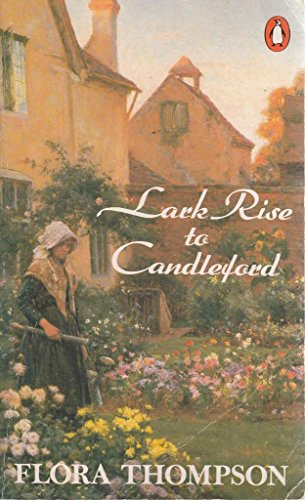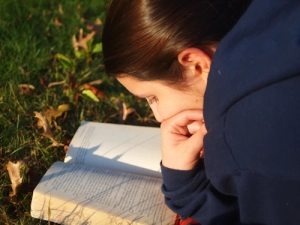
Question: Who has time to read?
Answer: No one, really. Real life – real, adult life prohibits reading for pleasure.
Work, kids, housework, extended family, illness. All these “real life” responsibilities, difficulties and blessings push out that reviving reading time.
I am writing this post to push back – to swim upstream – to just say “no” – to allowing this gift of reading to be removed from adult lives.
By this middle age stage of life, I can no longer squeeze reading into the wee hours of the night. The words start to swim on the page and eventually I fall asleep with the book tangled in my blankets. I used to read into the night – that fit better when I could tolerate a sleep-deprived next day at work or college.
I have adjusted – to read a bit here and there. What a feat it was to hold a nursing baby to the breast and a book in the crook of my arm. How did I manage that? But it worked, the enforced stillness of the feet-up breastfeeding routine got me through many wonderful novels.
Commuting by bus and train saved my personal reading time in my young professional adulthood. I managed to hold onto the pole of the Washington DC metro with my right hand and keep the book open with the other. Impressive.
Vacations saved my reading life many times. It was tricky as a mother of 3 to preserve time for myself as the feeding, bathing, and packing for the beach or lake took as much energy as life at home, but somehow I knew that my survival depended upon keeping on with this joy of reading.
I remember the lovely sight of my elderly grandparents in their nap time, stretched out upon their queen sized bed, side by side, each holding their reading book for the precious few minutes before dozing off
I hope that will be me in a decade or so!
What are your tricks and challenges to keep reading?




















